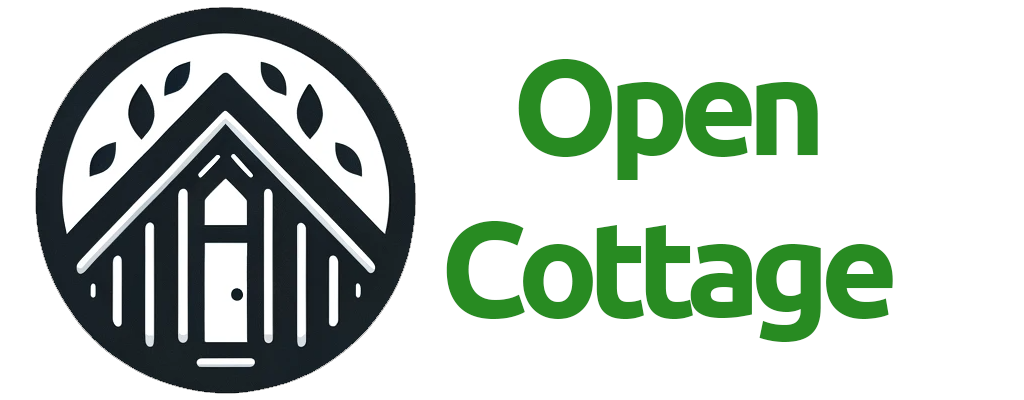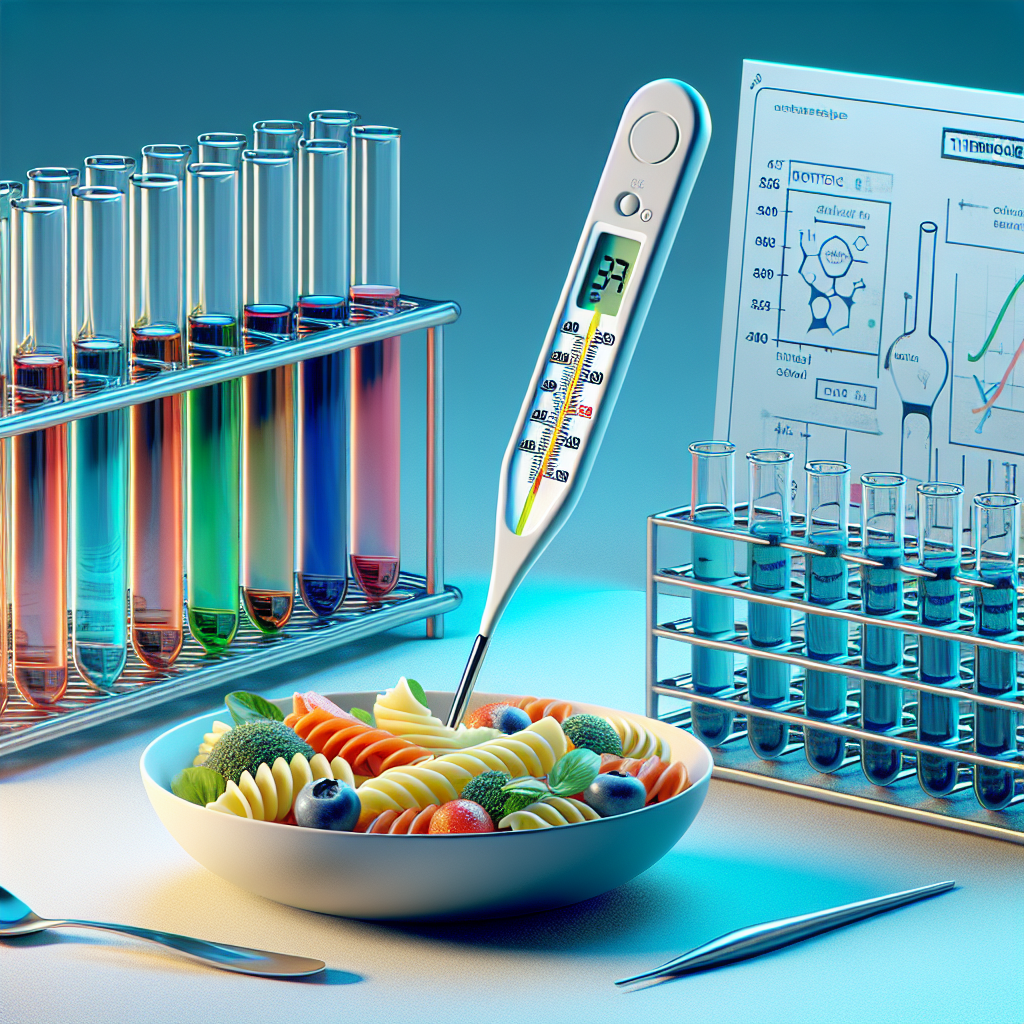Food safety is crucial to prevent foodborne illnesses, and one of the key concepts in this area is the "food temperature danger zone." This article will explain what the danger zone is, its implications for food safety, and how to effectively manage food temperatures to minimize health risks.
What is the Food Temperature Danger Zone?
The food temperature danger zone is defined as the range of temperatures in which harmful bacteria can grow rapidly in food. According to the U.S. Food and Drug Administration (FDA), this temperature range is typically between 40°F (4°C) and 140°F (60°C). Within this zone, bacteria such as Salmonella, E. coli, and Listeria can multiply at a rate that poses serious health risks if consumed.
Bacterial Growth Rates
Microorganisms, particularly bacteria, thrive under certain conditions. The danger zone provides an ideal environment for growth due to factors such as:
- Temperature: Temperatures above 40°F and below 140°F create conditions favorable for bacterial proliferation.
- Moisture: Foods with high moisture content, such as meats and dairy, are particularly susceptible to bacterial growth.
- Nutrient Availability: Foods rich in proteins and carbohydrates offer an abundant nutrient source for bacteria.
Specific Growth Rates
Research has indicated that bacteria can double in number approximately every 20 minutes under optimal conditions. This means that food left in the danger zone for just two hours can become significantly contaminated.
Implications for Food Safety
Understanding the danger zone is essential for both consumers and food service establishments. Here are key implications:
1. Food Storage Practices
To prevent foodborne illnesses, it’s crucial to store food properly:
- Refrigerate Perishables: Keep foods that require refrigeration, such as dairy, meats, and certain vegetables, below 40°F.
- Hot Foods: Keep cooked foods hot, maintaining a temperature above 140°F until serving.
2. Cooking Temperatures
Cooking food to the appropriate internal temperature is vital. The FDA provides guidelines for safe cooking temperatures:
- Poultry: 165°F (73.9°C)
- Ground meats: 160°F (71.1°C)
- Steaks/roasts: 145°F (62.8°C)
Using a food thermometer can accurately measure internal temperatures to ensure safety.
3. Cooling Food Safely
After cooking, foods need to be cooled down quickly to prevent them from lingering in the danger zone:
- Two-Hour Rule: Never leave food out at room temperature for more than two hours. If temperatures exceed 90°F, this time is reduced to one hour.
- Rapid Cooling Methods: Divide large portions into smaller containers, use ice baths, or blast chillers in commercial settings.
Best Practices for Managing Food Temperatures
Adopting effective strategies reduces the risk of foodborne illness:
1. Regular Temperature Monitoring
Utilizing thermometers in both refrigerators and freezers ensures that food stays within safe temperature ranges. It is important to calibrate these devices regularly.
2. Educating Staff and Consumers
Training food service staff on safe food handling, cooking, and storage practices is essential. Additionally, educating consumers about proper food safety practices can significantly reduce the risk of illness in households.
3. Proper Thawing Techniques
Thawing food safely is often overlooked but is crucial. Bacteria can thrive if food is thawed in the danger zone. The safest methods are:
- Refrigerator Thawing: Plan ahead and allow for slow thawing in a refrigerator.
- Cold Water Thawing: Submerge in cold water, changing the water every 30 minutes.
- Microwave Thawing: If immediately cooked afterward.
Conclusion
Understanding the food temperature danger zone is fundamental to preventing foodborne illnesses. By recognizing this critical temperature range and implementing proper food handling practices, we can significantly reduce the risk of contamination and ensure the safety of our food. Awareness and adherence to these science-backed guidelines not only protect our health but also contribute to a healthier community overall.

